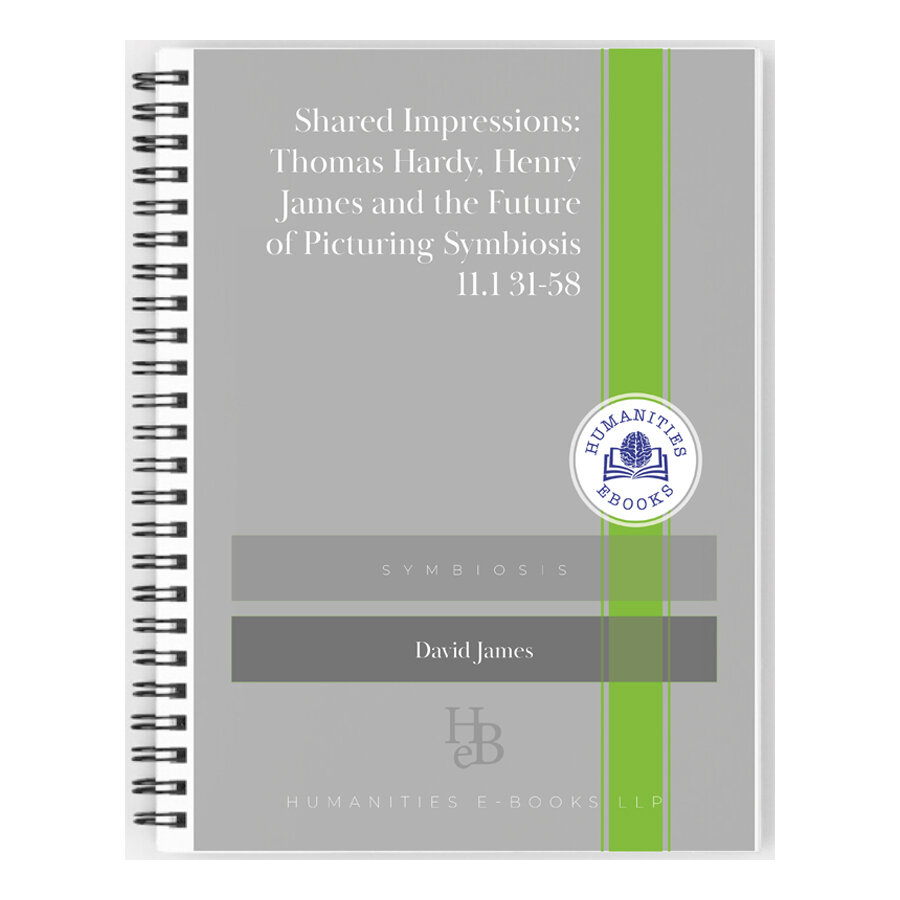 Image 1 of
Image 1 of


Who was John Bartram? Literary and Epistolary Representations of the Quaker
Symbiosis 9.1 29-44
Author: James Peacock
Pages: 17
'Who was John Bartram? Literary and Epistolary Representations of the Quaker' by James Peacock, explores the life and legacy of John Bartram, an 18th-century American botanist and Quaker. Originally published in Symbiosis: a Journal of Anglo-American Literary Relations, this essay delves into Bartram's contributions to botany and his portrayal in literary and epistolary forms. Peacock examines Bartram's correspondence with notable figures of his time and the ways in which his Quaker identity influenced his scientific and personal interactions. This scholarly work is essential for readers interested in early American history, botany, and the cultural intersections of religion and science.
Symbiosis 9.1 29-44
Author: James Peacock
Pages: 17
'Who was John Bartram? Literary and Epistolary Representations of the Quaker' by James Peacock, explores the life and legacy of John Bartram, an 18th-century American botanist and Quaker. Originally published in Symbiosis: a Journal of Anglo-American Literary Relations, this essay delves into Bartram's contributions to botany and his portrayal in literary and epistolary forms. Peacock examines Bartram's correspondence with notable figures of his time and the ways in which his Quaker identity influenced his scientific and personal interactions. This scholarly work is essential for readers interested in early American history, botany, and the cultural intersections of religion and science.
Symbiosis 9.1 29-44
Author: James Peacock
Pages: 17
'Who was John Bartram? Literary and Epistolary Representations of the Quaker' by James Peacock, explores the life and legacy of John Bartram, an 18th-century American botanist and Quaker. Originally published in Symbiosis: a Journal of Anglo-American Literary Relations, this essay delves into Bartram's contributions to botany and his portrayal in literary and epistolary forms. Peacock examines Bartram's correspondence with notable figures of his time and the ways in which his Quaker identity influenced his scientific and personal interactions. This scholarly work is essential for readers interested in early American history, botany, and the cultural intersections of religion and science.







